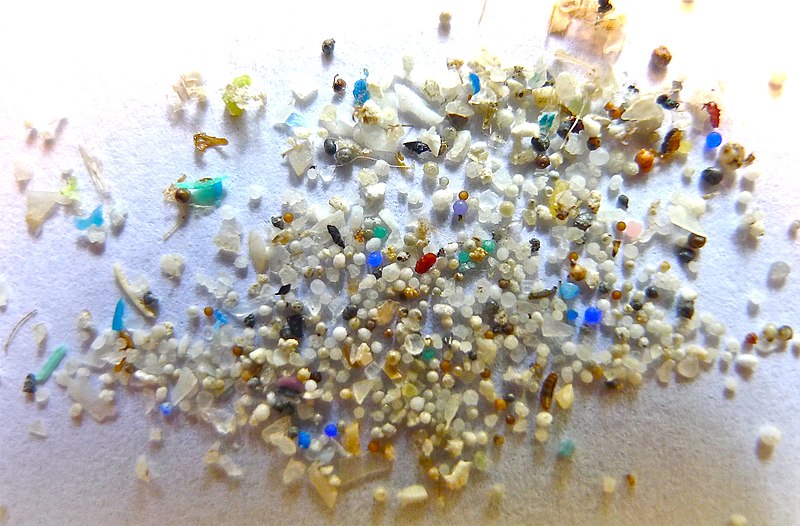Coperni, a Parisian fashion house known for pushing boundaries, has unveiled a handbag that defies expectations: the Air Swipe bag, crafted from the lightest solid material known to man. According to the brand, this innovative bag is predominantly composed of “99% air and 1% glass.” Featured in Coperni’s Paris Fashion Week show, the white clutch has captivated both fashion aficionados and science enthusiasts. While its retail price remains undisclosed, the Air Swipe promises to make a significant impact upon its release.
Innovative Design: The Captivating Misty Appearance
At a glance, the bag presents a captivating misty appearance, evoking the imagery of frozen clouds ensnared within its design. Coperni’s groundbreaking Air Swipe Bag, weighing a mere 33 grams, utilizes NASA’s nanomaterial silica aerogel. Renowned for its durability as well as resilience, silica aerogel was notably employed by the space agency in its Stardust mission—the pioneering spacecraft that successfully returned samples from a comet to Earth in 1999. Withstanding temperatures of up to 1,200 degrees Celsius and pressures exceeding 4000 times its weight, this nanomaterial showcases exceptional strength and versatility.
NASA Technology: The Secrets Behind Silica Aerogel
The handbag, developed by Professor Ioannis Michaloudis, marks a significant milestone as the largest object ever crafted from the nanomaterial. Formed by blending a polymer with a solvent, this concoction results in a gel. The subsequent removal or extraction of the liquid replaces it with air. Known for its porous, low-density nature and solid texture, aerogels possess unique characteristics that may have intrigued Coperni to explore its potential for their innovative Air Swipe Bag. This translucent material imparts a transparent appearance to the bag, enabling the illusion of trapped and frozen smoke within.







